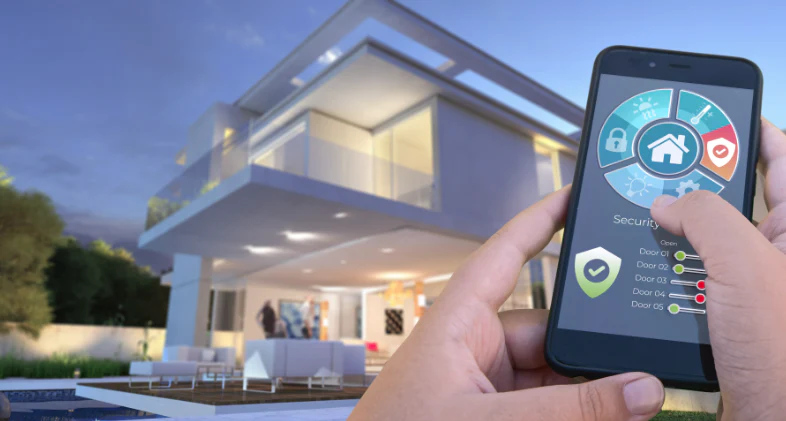Security System Integration With Smart Home Technology

In an era dominated by technological advancements, the concept of a smart home has become increasingly popular. Smart homes leverage interconnected devices and systems to enhance convenience, energy efficiency, and overall quality of life. One crucial aspect of smart home technology is its integration with security systems, creating a comprehensive solution that not only protects homes but also provides users with greater control and peace of mind.
The integration of security systems with smart home technology:
Connected surveillance systems
Smart home technology allows for the seamless integration of surveillance systems with other devices. High-definition cameras, motion detectors, and doorbell cameras can be linked to a central hub, providing homeowners with real-time monitoring capabilities. The ability to access live footage remotely through smartphones or tablets enhances surveillance and enables quick response to potential threats.
Smart locks and access control
Traditional locks are evolving into smart locks, offering advanced access control features. Homeowners can remotely lock and unlock doors, grant temporary access to guests, or monitor who enters and exits their property. Integration with security systems ensures that any suspicious activity triggers immediate alerts, allowing for a rapid response.
Intrusion detection and alarms
Smart home security systems integrate sophisticated intrusion detection mechanisms. Sensors placed strategically around the home can detect unusual movements or break-ins. When triggered, these sensors send instant notifications to homeowners and, if integrated with professional monitoring services, can alert security personnel or local authorities.
Environmental monitoring
Beyond traditional security measures, smart home technology extends to environmental monitoring. Systems can detect hazards such as smoke, carbon monoxide, or water leaks. Integration with security systems ensures that emergency services are promptly notified in case of a threat, enhancing overall home safety.
Centralized control through smart hubs
Smart hubs serve as the brain of a connected home, providing a centralized platform for managing various devices and systems. Security features can be accessed and controlled through a single interface, making it user-friendly and convenient. Popular smart home hubs include Amazon Echo and Google Home.
Customizable automation
Automation is a key feature of smart homes, and it extends to security as well. Homeowners can create custom automation scenarios, such as turning on lights or activating surveillance cameras when motion is detected. It not only enhances security but also creates the illusion of an occupied home, deterring potential intruders.
Integration with virtual assistants
Voice-activated virtual assistants like Amazon and Google Assistant can be integrated with security systems. Homeowners can control security features using voice commands, making it even more convenient to manage and monitor the security of their homes.
Secure connectivity
Security is a top priority in smart home technology. Encrypted communication protocols and secure authentication methods ensure that data transmitted between devices remains confidential. Regular software updates and security patches further protect the system from potential vulnerabilities.
Conclusion
The integration of security systems with smart home technology represents a significant leap forward in safeguarding homes and enhancing the overall lifestyle of homeowners. With interconnected devices and centralized control, individuals can enjoy the convenience of managing their security systems remotely while ensuring a rapid response to potential threats. As technology continues to advance, the synergy between security systems and smart home technology is likely to play a crucial role in creating safer and more intelligent living spaces.
